| Car Albums | |||||
| Makers | |||||
| Models | |||||
| Full menu functions for the buttons above are only available if you ALLOW BLOCKED CONTENT. My menu scripts provide drop-down menus that have been tested with the latest Mozilla browsers. If the scripts do not run, limited navigation is given by these buttons | |||||
Metro Cammell Weymann MCW (Metro Cammell Weymann) was formed in 1932 from a merger of Weymann Motor Bodies and the Metropolitan-Cammell Carriage and Wagon Company Ltd (MCCW). Weymann Motor Bodies had been formed in England in 1922 with a license (from Paris) to manufacture motor bodies using the Weymann patented system. To begin with Weymann Motor Bodies only gave licenses to manufacturers such as Rover, Gurney Nutting and others to use the Weymann patent, but they went into manufacturer from 1925 having purchased Cunard Coachworks. By 1930 Weymann was coachbuilding buses, and in 1932 joined with MCCW to form Metro Cammell Weymann. MCCW had started in 1863 as the Metro Railway Carriage and Wagon Company Ltd, and became an Amalgamated company in 1902 when it merged with 4 other railway carriage and wagon builders. They went into a joint venture with Vickers Ltd in 1917, but in 1919 Vickers bought out the Metropolitan shares to rename the organisation as Metropolitan-Vickers, and then in 1926 Metropolitan Carriage, Wagon and Finance Company Ltd. A further merger brought Cammell Laird into the Metropolitan-Cammell Carriage and Wagon Company Ltd (MCCW). MCCW also built buses as well as railway rolling stock, and then formed Metro Cammell Weymann when Weymann Motor Bodies was incorporated in 1932. MCW concentrated on railway stock after World War Two and was bought out by GEC Alsthom in 1989. |
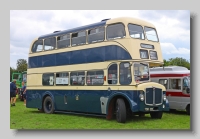
|
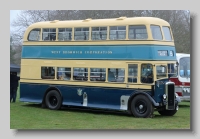
|
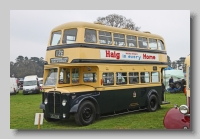
|
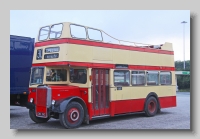
|
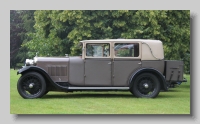
Weymann Motor Bodies
|
| British Cars | Simon Cars | ||||
Images created by Simon GP Geoghegan Email Simon